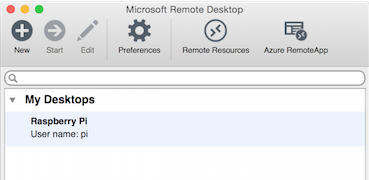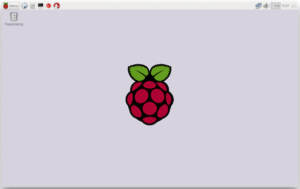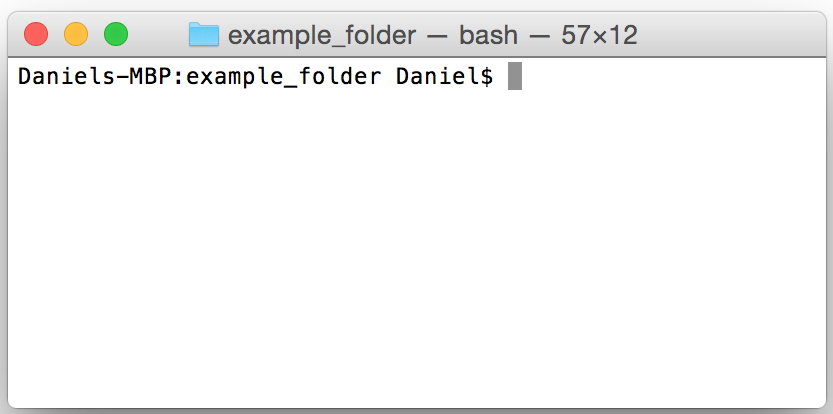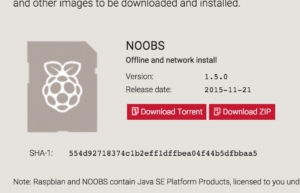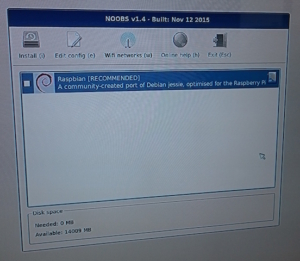Connect to your Raspberry using Microsoft Remote Desktop
In this post, we’ll explain how to remotely connect to your Raspberry from a laptop using Microsoft’s Remote Desktop. The neat thing about this is that we then get a mirrored screen view of the Raspberry’s graphical user interface on our laptop. No need to connect our Raspberry to any TV, keyboard or mouse. You will love it!
What do you need to set up Microsoft Remote Desktop your Raspberry remotely?
- First you need to have the Raspberry connected with an ethernet cable to the router of your home network. I other words, your laptop needs to be on the same network (wifi or ethernet) as the Raspberry.
- Secondly, your Raspberry needs to be turned on (i.e. plugged in with a power adapter).
- You need to be able to remotely control your Raspberry through the command line interface on your laptop (SSH). If you need guidance how to set this up, check out this post.
In order for your Raspberry and your laptop to communicate through a graphical user interface, we need to install a service on the Raspberry called xrdp. Your Raspberry needs to be connected to the internet. First, do a remote log in to your Raspberry using your command line interface on your laptop (we use Terminal on our Mac). Make sure you see the prompt of the Raspberry in Terminal. Next type ”sudo apt-get install xrdp” and press enter.
Type ”Y” and press enter when you get the question to continue. The xrdp service will now be installed.
The xrdp is now installed. That’s it on the Raspberry side. Now we are going to install Microsoft’s Remote Desktop app on our Mac which we find on the Mac App Store here. Download and install the app. Open Microsoft Remote Desktop.
Click on ”New” and enter a connection name (we choose ”Raspberry Pi”), the IP number of your Raspberry, the user name ”pi” and the password ”raspberry” (assuming you haven’t changed the default user login configuration). You can leave the rest of the fields as they are.
Now, close the configuration window (click the red dot in the upper left corner). You should now have a new configured connection as the below screen.
Double click on the new connection and the remote connection is established and you should get a screen image mirroring your Raspberry’s user interface. We know, it’s magic!
To quit the Remote Desktop session, slide the mouse pointer to the top of your screen so the tool bar of the Microsoft Remote Desktop app appears, click the Microsoft Remote Desktop menu and select quit.
With the two ways of remotely control your Raspberry, i.e. the Terminal or Remote Desktop, there is no need to occupy the TV from your girl friend, boy friend, kids, wife or husband anymore. In subsequent posts, we will almost always use any of these two ways to work with our Raspberry.





